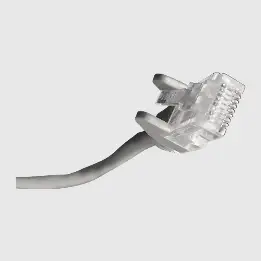There are several different ports that may be found on the back of a personal computer (PC)
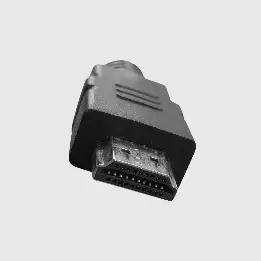
HDMI port
This port is used to connect a PC to a high-definition television or monitor and sound if monitor has sound.
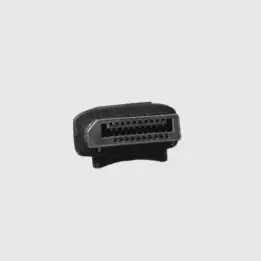
DisplayPort
This port is like HDMI but is generally used for connecting a PC to a computer monitor. DisplayPorts are typically rectangular in shape and have a trapezoid-shaped connector on one end that is used to connect to the computer, and a larger, rectangular connector on the other end that is used to connect to the display device.
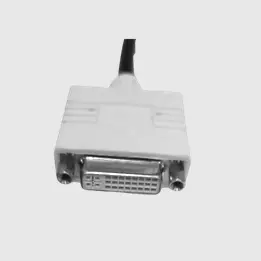
DVI port
This port is used to connect a PC to a monitor or TV with a DVI input.
DVI/I
DVI-I, which is used for both digital and analogue displays. The type of DVI port that you have on your computer or display will determine which type of cable you need to use to connect the two devices.
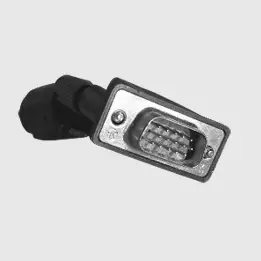
VGA port
Video Graphics Array – This port is used to connect a PC to a monitor or TV with a VGA input. VGA cables are typically used to transmit video signals from a computer to a display, and they are designed to support a range of resolutions. VGA ports are typically blue in colour and have 15 pins arranged in three rows.
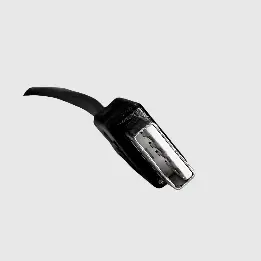
USB ports
These ports are used to connect a variety of external devices to a PC, such as a mouse, keyboard, or external hard drive.
Ethernet port
This port is used to connect a PC to a wired internet connection.
Audio jacks: These jacks are used to connect speakers, headphones, or other audio devices to a PC.
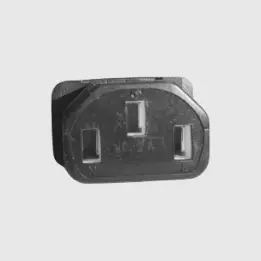
Kettle port
Supplies power to unit
The specific ports that are available on a particular PC will depend on the model and configuration of the computer.
Some newer PCs may have additional ports, such as Thunderbolt or USB-C, while older PCs may not have some of the ports listed above.
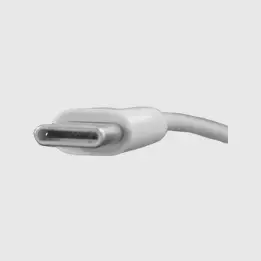
What is a USB-C port?
A USB-C port is a type of Universal Serial Bus (USB) connector that is becoming increasingly common on newer computer and mobile devices.
It is a small, reversible connector that can be plugged into a device in either orientation, making it easy to use and reducing the risk of damaging the port or the cable.
USB-C ports support a variety of protocols, including USB 2.0, USB 3.0, and USB 3.1, as well as the new USB Power Delivery standard, which allows for faster charging and data transfer.
Some USB-C ports may also support alternate modes, such as HDMI or DisplayPort, allowing them to be used to connect a device to a display or other external device.
At Pisys we are happy to help guide you on your PC set up and make IT easy for you.

